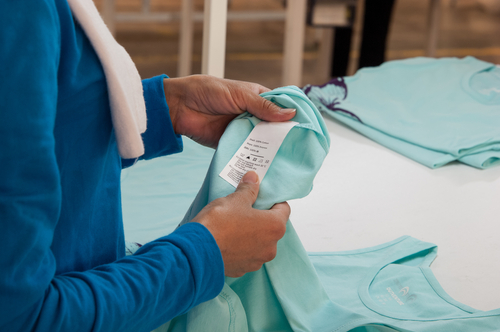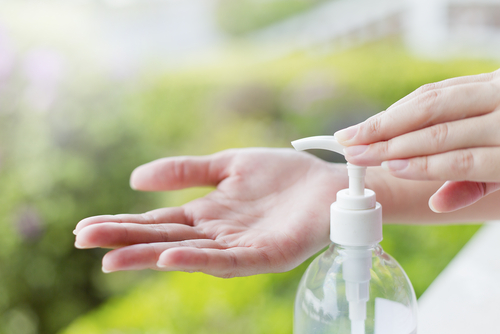Note: This is different from previous California bills to address the microplastic pollution through labeling. This bill directs the state agency to develop a possible solution for the reduction of microfiber pollution.
The Bill requires the state board to identify best practices for the reduction of Microfibers released into the environment. To do so, the Bill requires that a public entity that uses a laundry system, and a private company that contracts with a state agency for laundry services, install filtration systems to capture microfibers that are shed during washing by January 1, 2020. Also, by January 1, 2021, the Bill requires that a private company which uses an industrial or commercial laundry system, install a filtration system to capture microfibers. The bill declares the following:
(1) Microfiber is a subcategory of microplastic that is shed from synthetic fabric when that fabric is washed.
(2) These small, nondegradable fibers that are less than six millimeters in length are a major category of plastic pollution in water, pose a serious threat to the environment, and have been found within fish and shellfish that are consumed by humans.
(3) Garments made from synthetic fabrics, such as polyester, can shed up to 1,900 microfibers per wash.
(4) Polyester is the most widely used fiber in the textiles industry and accounts for about 50 percent of the total fiber market.
(5) Effluent from washing machines and wastewater treatment plants is a significant source of microfiber pollution that enters waterways and the ocean.
The Bill requires the agency to:
(1) Adopt a standard methodology to be used in evaluating residential microfiber filtration systems and publish the filtration line efficiency of various filtration systems.
(2) Adopt a methodology to quantify the amount of microfiber shed from individual garments and test a representative sample of clothing products to determine the amount of shedding that occurs from different clothing products. Based on its findings from the actions taken pursuant and (a), the state board shall identify best practices for clothing manufacturers to reduce the amount of microfibers released into the environment.
The above actions are to be completed on or before July 1, 2020.








